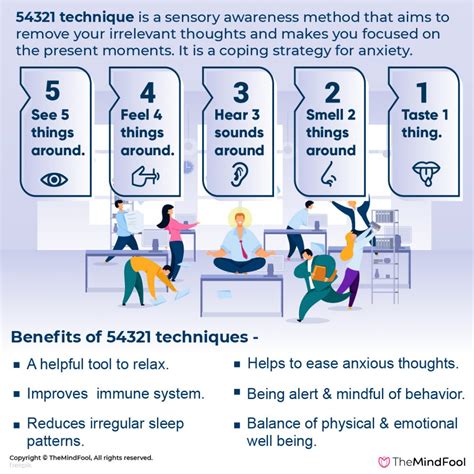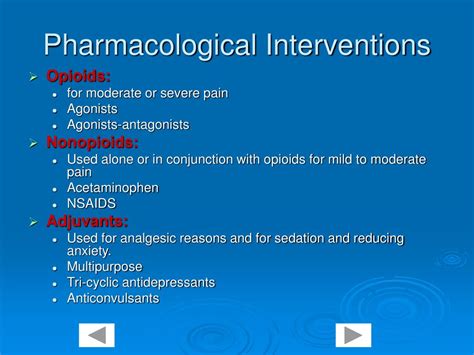Intro
Learn to manage Orthostatic Hypotension symptoms with effective treatments, alleviating dizziness, lightheadedness, and fainting episodes, and discover natural remedies to stabilize blood pressure and improve overall cardiovascular health.
Orthostatic hypotension, also known as postural hypotension, is a medical condition characterized by a sudden drop in blood pressure when standing up from sitting or lying down. This condition can cause a range of symptoms, including dizziness, lightheadedness, fainting, and nausea. Treating orthostatic hypotension symptoms is crucial to prevent complications and improve the quality of life for individuals affected by this condition.
The importance of treating orthostatic hypotension symptoms cannot be overstated. If left untreated, this condition can lead to serious consequences, such as falls, injuries, and even death. Moreover, orthostatic hypotension can be a symptom of underlying medical conditions, such as dehydration, blood loss, or neurological disorders. Therefore, it is essential to seek medical attention if you experience recurring or severe symptoms of orthostatic hypotension.
Treating orthostatic hypotension symptoms requires a comprehensive approach that involves lifestyle modifications, dietary changes, and medical interventions. In this article, we will delve into the various treatment options available for orthostatic hypotension, including non-pharmacological and pharmacological interventions. We will also discuss the importance of self-care and prevention strategies to manage this condition effectively.
Treatment Options for Orthostatic Hypotension

Treatment options for orthostatic hypotension depend on the severity and frequency of symptoms, as well as the underlying cause of the condition. Non-pharmacological interventions are often the first line of treatment and include lifestyle modifications, such as increasing fluid intake, avoiding dehydration, and exercising regularly. Dietary changes, such as increasing salt intake and consuming small, frequent meals, can also help alleviate symptoms.
Non-Pharmacological Interventions
Non-pharmacological interventions are essential in managing orthostatic hypotension symptoms. These interventions include: * Increasing fluid intake to prevent dehydration * Avoiding dehydration by drinking plenty of water and electrolyte-rich beverages * Exercising regularly to improve cardiovascular health and increase blood volume * Avoiding sudden changes in position, such as standing up quickly * Elevating the head of the bed by 10-20 cm to improve blood flow * Wearing compression stockings to improve blood flow and reduce pooling of blood in the legsPharmacological Interventions

Pharmacological interventions may be necessary for individuals with severe or recurrent orthostatic hypotension symptoms. Medications used to treat orthostatic hypotension include:
- Fludrocortisone, a mineralocorticoid that helps increase blood volume and blood pressure
- Midodrine, an alpha-1 adrenergic agonist that helps constrict blood vessels and increase blood pressure
- Pyridostigmine, a cholinesterase inhibitor that helps increase blood pressure and improve symptoms
Self-Care and Prevention Strategies
Self-care and prevention strategies are crucial in managing orthostatic hypotension symptoms. These strategies include: * Monitoring blood pressure regularly to detect any changes or abnormalities * Avoiding triggers, such as dehydration, stress, and certain medications * Practicing relaxation techniques, such as deep breathing, meditation, and yoga * Getting regular exercise to improve cardiovascular health and increase blood volume * Eating a balanced diet that includes plenty of fruits, vegetables, and whole grainsComplications and Risks Associated with Orthostatic Hypotension

Complications and risks associated with orthostatic hypotension include:
- Falls and injuries
- Fainting and loss of consciousness
- Dehydration and electrolyte imbalances
- Cardiovascular disease and stroke
- Kidney disease and renal failure
Diagnosis and Treatment of Underlying Conditions
Diagnosis and treatment of underlying conditions are essential in managing orthostatic hypotension symptoms. Underlying conditions that may contribute to orthostatic hypotension include: * Dehydration and electrolyte imbalances * Blood loss and anemia * Neurological disorders, such as Parkinson's disease and multiple system atrophy * Cardiovascular disease and heart failure * Kidney disease and renal failureCurrent Research and Future Directions

Current research and future directions for orthostatic hypotension include:
- Developing new medications and therapies to treat orthostatic hypotension
- Improving diagnosis and treatment of underlying conditions
- Investigating the role of genetics and environmental factors in the development of orthostatic hypotension
- Developing new technologies and devices to monitor and manage orthostatic hypotension symptoms
Conclusion and Final Thoughts
In conclusion, treating orthostatic hypotension symptoms requires a comprehensive approach that involves lifestyle modifications, dietary changes, and medical interventions. Self-care and prevention strategies are crucial in managing this condition, and diagnosis and treatment of underlying conditions are essential to prevent complications and improve the quality of life for individuals affected by orthostatic hypotension. By understanding the causes, symptoms, and treatment options for orthostatic hypotension, individuals can take control of their condition and improve their overall health and well-being.What are the symptoms of orthostatic hypotension?
+Symptoms of orthostatic hypotension include dizziness, lightheadedness, fainting, nausea, and headache.
How is orthostatic hypotension diagnosed?
+Orthostatic hypotension is diagnosed by measuring blood pressure and heart rate while standing and sitting or lying down.
What are the treatment options for orthostatic hypotension?
+Treatment options for orthostatic hypotension include lifestyle modifications, dietary changes, and medical interventions, such as medications and compression stockings.
We hope this article has provided you with a comprehensive understanding of orthostatic hypotension and its treatment options. If you have any questions or concerns, please do not hesitate to comment below or share this article with others who may be affected by this condition. By working together, we can improve our understanding of orthostatic hypotension and develop effective strategies to manage and prevent this condition.
